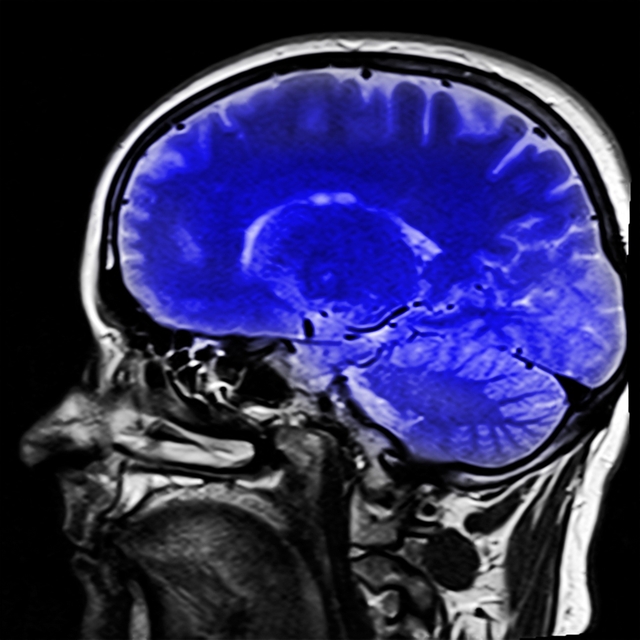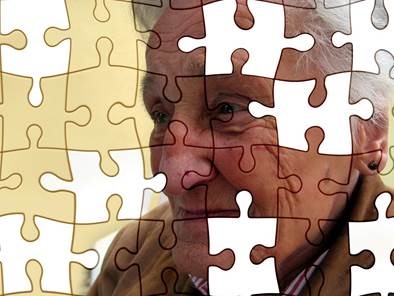
Are you or a loved one experiencing cognitive decline? Move your body, meditate, eat healthy, make social connections, get good sleep and learn new things. These simple staring points will help you save your brain. More details are found below . . . .
Life is full of gifts. I am so grateful for the generous one I received that allowed me to pay the conference fee and attend the Institute for Functional Medicine Annual International Conference this summer. The theme was The Dynamic Brain: Revealing the Potential of Neuroplasticity to Reverse Neurodegeneration. I want to share some of the highlights with you now. More will come as I finish listening to the concurrent sessions I was unable to attend and review my notes. This information is too important to keep to myself. I flew home from this conference feeling a profound sense of hope for those suffering from and at risk of many debilitating brain impairments. This hits home with me personally as I have one copy of the ApoE genetic polymorphism that increases my risk of Alzheimer’s Disease (AD) along with two traumatic brain injuries in my past.
Here is a list of some of the highlights from select presenters.
1. Dr. David Perlmutter, MD, Neurology and author of Grain Brain, presented research by neuroscientist Peter Eriksson, PhD, proving that the human brain is capable of neuroplasticity (this means it can grow, change and re-route faulty pathways). Scientists previously thought the brain was incapable of creating new brain cells and pathways. Dr. Eriksson said in 1998, “Our study demonstrates . . . . . and that brain the human brain retains the potential for self-renewal throughout life.” Notice that this is almost 20-year-old data.
Higher BDNF ![]() Less Dementia
Less Dementia
Dr. Perlmutter also introduced BDNF (brain-derived neurotrophic factor). BDNF supports neurogenesis (making new brain cells), neuroplasticity (ability to re-route around damaged areas) and neuronal repair (fix damaged cells). YOU can increase your BDNF right now! Stop reading and go get some exercise. Low BDNF is a risk factor for dementia, mild cognitive impairment and Alzheimer’s. Strive to be more active whatever your current starting point is. For some that means walking to the mailbox or the kitchen twice a day. For others that may be walking, jogging and/or lifting weights for 30 minutes. The point is start moving and keep moving to boost BDNF. Some other ways to increase BDNF are turmeric, DHA found in fatty fish/fish oil, alpha lipoic acid, eating prebiotic foods (see this this blog article on resistant starch), probiotics found in fermented foods and supplements, seeking spirituality and learning a new task.
Does anything hinder the ability to make BDNF? Yes, inflammation, especially coming from the gut. Also, air pollution, high hsCRP (ask your doctor to run this blood test), eating unhealthy fats such as highly processed vegetable oils, stress and negative thoughts.
2. Rudolph E. Tanzi, PhD in Neurology at Harvard Medical School presented on What can Alzheimer’s disease (AD) teach us about the brain and self? His research demonstrated that β-amyloid plaque buildup leads to tangled nerves that lead to a damaged brain. The plaques begin many years, maybe 15-20, before any symptoms occur. He stated that we need to identify those at risk and stop the formation of amyloid plaques before symptoms occur.

Dr. Tanzi stated we can stop AD by:
· Early prediction (family history)
· Early detection (brain imaging and biomarkers, including genetic risk markers, infections and inflammation)
· Early intervention (stop it from developing and/or progressing)
B-amyloid plaques are now thought to be protecting the brain from inflammation, infection, or both. The formation of plaques can be prevented by addressing the root cause. Dr. Tanzi said AD brains have been shown to contain pathogens like bacteria, viruses, and yeast. Research shows that neural inflammation is likely the most problematic for neuronal damage.
What can you do now to prevent or reverse AD according to Dr. Tanzi?
· Walk at least 10,000 steps most days or at least increase your current exercise load.
· Eat a healthy diet such as the Mediterranean Diet
· Get adequate fish oil in the forms of EPA and DHA from fatty fish and/or supplements
· Social interactions
· Learn new things
· Get 8 hours of sleep per night for “mental floss” or brain cleaning
· Reduce emotional stress using meditation
Dr. Tanzi also presented several research studies on the important effects of meditating, being mindful and being present in our everyday lives for better brain health.
3. Dr. Dale Bredesen, MD, Neurology at the UCLA Buck Institute began his presentation with this quote, “Everyone knows someone who is a cancer survivor; no one knows an Alzheimer’s survivor.” He likened AD to a roof with 36 holes that need repaired. There are a couple of medications that might fill one or two of those holes, but what about the remaining holes? Dr. Bredesen has developed a revolutionary protocol that, when tailored to the individual, is showing not just remission of AD, but prevention and reversal by addressing the remaining leaks in the roof.

Dr Bredesen challenged the 21st Century physician to think about how to view each AD patient as an individual and repair/fill in those other leaky holes in the roof. He also explained why people with the genetic ApoE 4 mutation are at increased risk of AD. Those with 1 copy have a 30% increased risk of AD by age 65 and those with 2 copies have a 50-90% increased risk. People who do not have the ApoE 4 mutation have a 9% risk of AD. Family history is another important risk factor. Risk is also higher for women than men; this may be due to the loss of estrogen at menopause as bioidentical estrogen has been found to be protective.
“Everyone knows someone who is a cancer survivor; no one knows an Alzheimer’s survivor.” Dr. Dale Bredesen, MD Neurology
Dr. Bredesen shared several case studies of remarkable changes in patients who are part of clinical trials at The Buck Institute. His presentation stressed these additional factors related to AD:
1. Early identification of risk or onset of AD results in much better outcome. Dr. Bredesen reported from his trials, “the earlier that treatment is initiated, the greater chance for improvement: in the first 125 patients, over 50% saw improvement using our protocol, including nearly all who were in the early stages.”
2. AD is actually a protective response to one or more of three factors: inflammation, loss of important biochemical agents such as nutrients or hormones and/or exposure to toxins such as heavy metals.
3. Cognitive decline in early Alzheimer’s disease and its forerunners, MCI (mild cognitive impairment) and SCI (subjective cognitive impairment), is reversible, and improvement sustainable, using a programmatic approach rather than a single monotherapy like a prescription medication. See these scientific papers for more information: (Bredesen, Aging 2014; Bredesen et al., Aging 2016).
Thank you for taking the time to read Part 1 about the latest developments in stopping and reversing brain diseases. I am attending Dr. Bredesen’s upcoming training for healthcare providers. Consider me as a resource if you are seeking help with your own or a loved one’s neurodegenerative condition. Please share your comments below and stay tuned for Parts 2 and 3 coming soon. ~Tracey


